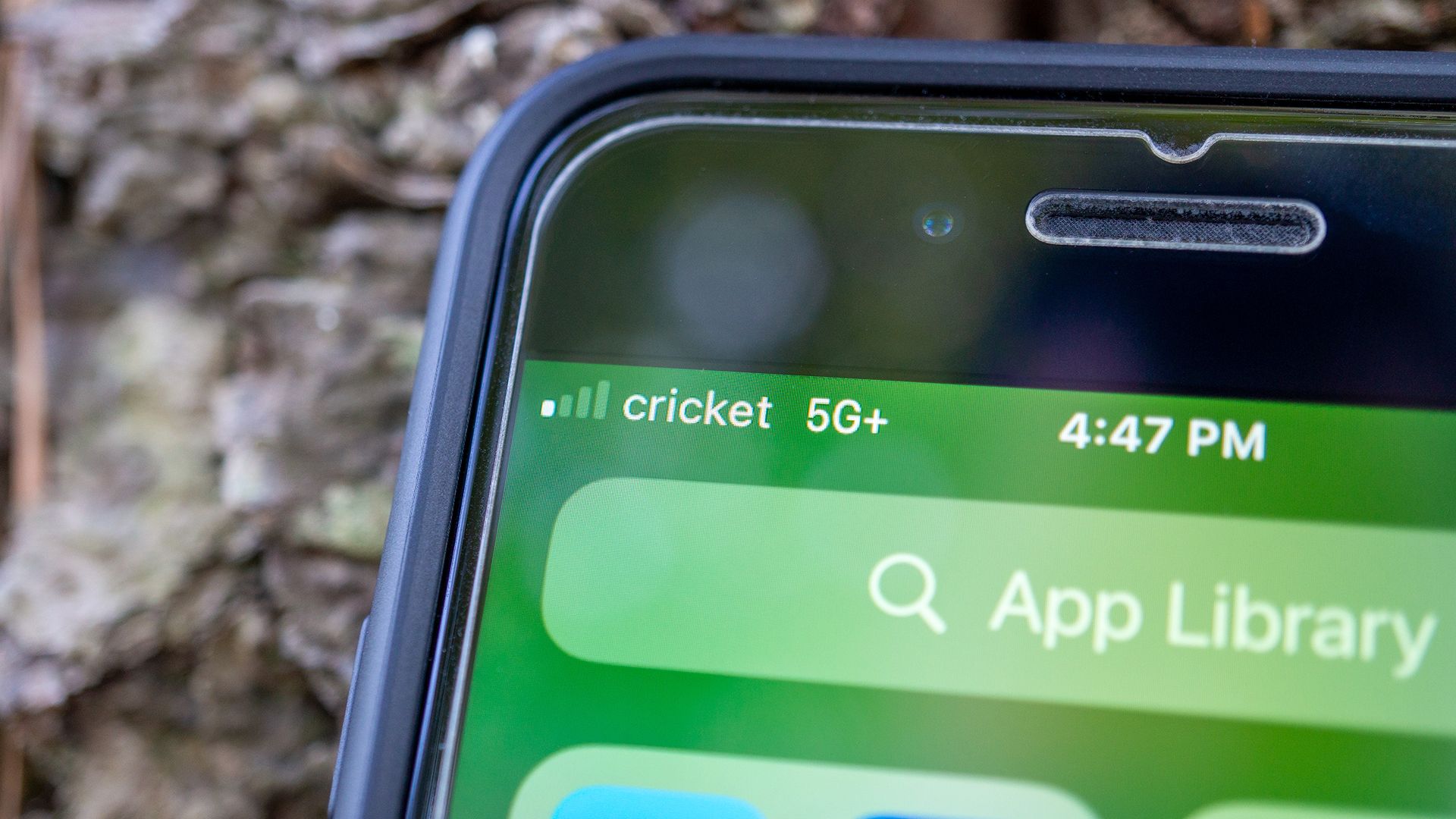
How Do 5G+ Signatures Impact iPhone & Android Devices' Performance?

How Do 5G+ Signatures Impact iPhone & Android Devices’ Performance?
Key Takeaways
- 5G+ indicates AT&T’s mmWave or mid-band 5G network, offering faster speeds but limited coverage.
- This type of 5G is not exclusive to AT&T, as Verizon and T-Mobile use similar networks under different names.
- 5G and 5G+ are both 5G networks, but they use different technologies, resulting in varying speeds.
5G is the latest mobile network—at least until 6G comes around—but it doesn’t come in just one flavor. There are a few different types of 5G that your device can access. For example, you may have noticed a “5G+” icon in the status bar of your iPhone or Android phone. What’s up with that?
What Does 5G+ Mean?
Simply put, the 5G+ icon means you are connected to AT&T’s mmWave or mid-band 5G network, which can deliver incredibly impressive speeds—if you’re lucky to be in the limited coverage area. That’s the good news/bad news about 5G+. You can get speeds over 1Gbps, but the coverage area is much smaller than the non-plus 5G.
The “+” in “5G+” is essentially just an indicator that you’re using an elevated 5G network. As we’ll explain in the following sections, there are different types of 5G networks used by AT&T. The extra “+” icon tells you when you’re using the mmWave or mid-band 5G network. The icon will appear on AT&T phones as well as phones on MVNO carriers that use AT&T networks, such as Cricket.
What is 5G+?
5G+ is AT&T’s name for its mmWave and mid-band 5G networks . It’s a high-frequency band of the 5G spectrum that can deliver very fast speeds and low latency but has a limited range and coverage. 5G+ speeds can range anywhere from 100 Mbps to over 1 Gbps.
AT&T is not the only carrier that uses mmWave 5G. Verizon calls its mmWave network 5G UW or UWB, while T-Mobile calls it 5G UC . These are all different names for the same technology, but they are not compatible with each other. You need a phone that supports the specific mmWave band of your carrier to access its flavor of mmWave 5G.
5G vs. 5G+
AT&T uses the 5G+ name to differentiate between the different types of 5G networks it offers. 5G and 5G+ are both 5G networks, but they use different technologies. You will get different speeds depending on whether you see “5G” or “5G+” in the status bar.
The standard non-plus 5G is a “low-band” network. The advantage of low-band networks is they can cover much longer distances, but the tradeoff is slower data speeds. In reality, low-band 5G is very similar to 4G LTE —which is not necessarily a bad thing.
5G+ is a “mid-band” or mmWave network. As the name implies, mid-band is a tier above low-band, which means slightly faster speeds, but not quite as wide of coverage. mmWave is a short-range network that can provide blazing fast speeds, but you need to be in very specific locations to get it.
5G+ vs. 5G UW vs. 5G UC
5G+, 5G UW (or 5G UWB), and 5G UC are all different marketing terms used by AT&T, Verizon, and T-Mobile for the same types of 5G networks.
- 5G+ is used by AT&T to refer to its mid-band and mmWave 5G networks. It was launched in December 2019.
- 5G UW is used by Verizon to refer its mid-band and mmWave 5G networks. It was launched in April 2019.
- 5G UC is used by T-Mobile to refer to its mid-band and mmWave 5G networks. It was launched in April 202.
In short, these are all essentially the same things, but every carrier likes to have its own unique name to use for marketing. However, it should be noted that “5Ge” is not 5G , and AT&T got in trouble for using the misleading label.
Whether you’re using an iPhone or an Android phone, it’s nice to know the reason behind these 5G labels. 5G+ is not one you will likely see a lot, unless you’re lucky enough to live in an area with coverage. The good news is regular ol’ non-plus 5G is still a fast and reliable network, and you don’t have to worry about using more data just because you’re connected to 5G .
Also read:
- [New] Fundamentals of Crafting Engaging Stories
- [New] Mastering PUBG Effective Techniques for Altering Your Vocal Presence
- [Updated] 2024 Approved BlitzClick LeisureShot Streaming
- [Updated] 2024 Approved Exploring Social Boundaries Sign Up for a Facebook Profile
- 2024 Approved A Closer Look at Earnings Comparing Dailymotion and YouTube Revenues
- 2024 Approved Reassessing ManyCam Search for a Top Contender
- 5 Solutions For ZTE Nubia Flip 5G Unlock Without Password
- Best Fixes For Nokia C12 Plus Hard Reset | Dr.fone
- Complete Guide to Hard Reset Your Poco M6 5G | Dr.fone
- How To Restore Missing Call Logs from Tecno Spark 10 4G
- How To Transfer WhatsApp From Apple iPhone 12 to other iPhone 11 Pro devices? | Dr.fone
- How to Update Apple iPhone 6 without Losing Anything? | Dr.fone
- In 2024, 9 Best Free Android Monitoring Apps to Monitor Phone Remotely For your Itel A60 | Dr.fone
- Unlock android phone if you forget the M6 5G password or pattern lock
- Xiaomi Redmi 12 can't play MP4 video files
- Title: How Do 5G+ Signatures Impact iPhone & Android Devices' Performance?
- Author: Ian
- Created at : 2025-02-14 20:59:22
- Updated at : 2025-02-19 21:46:30
- Link: https://techidaily.com/how-do-5gplus-signatures-impact-iphone-and-android-devices-performance/
- License: This work is licensed under CC BY-NC-SA 4.0.